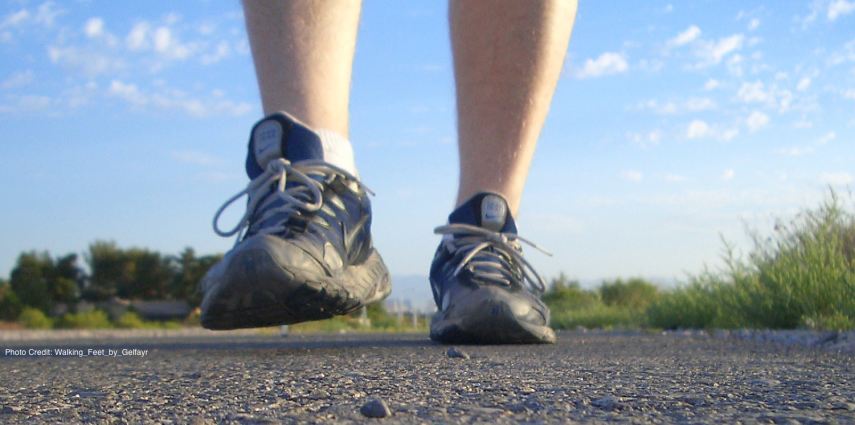Blood plasma from young people has rejuvenated old mice, boosting their memory, cognition and physical activity. The method shows promise for use in people, says Sakura Minami from Alkahest, the company behind the work. Earlier research found that injecting old mice with plasma from young mice can reinvigorate the brain and muscle. The team took blood samples from 18- year-olds, and injected them into 12- month-old mice. After receiving two human plasma injections a week, for three weeks, the middle-aged mice ran around like young mice. Their memories seemed to improve, and they were much better at remembering the route around a maze than untreated mice of the same age.
“The blood of young people must have something in it that’s important for keeping them young,” says Victoria Bolotina, at Boston University in Massachusetts.
Minami says she has pinpointed some factors in young blood that might be responsible for these benefits, but she won’t reveal what they are yet. She hopes to translate the findings into an anti-ageing treatment – one that might help those who are feeling the effects of their brain ageing. “There’s anecdotal evidence that people experience benefits after blood transfusions,” Minami says.
Alkahest is already trialling young blood in people with Alzheimer’s disease.
It is 400 years since Libavius proposed that young blood could rejuvenate older people. At the time, the idea was radical and dangerous. Even though modern science has made blood transfusions safe, blood remains a mysterious fluid: it ferries more than 700 proteins and other substances around our bodies; many are known, but what they do is less clear. Wyss-Coray suspects that among them are factors that orchestrate the ageing process. If scientists can understand how they work, the ageing process might be laid bare. It could be slowed down, or perhaps even reversed.
Disclaimer: This is a nonprofit blog. My objective, as a young girl born in 1999, is just to share my passion for Medicine by giving the world some information about the latest tendencies in this field. Please click on the links below to obtain a more detailed information about the articles I have used as a source.
http://punemirror.indiatimes.com/others/scitech/TEENAGE-BLOOD-HAS-POWER-TO-RESTORE-YOUTH/articleshow/55585788.cms
https://www.newscientist.com/article/mg23231005-600-blood-from-human-teens-rejuvenates-body-and-brains-of-old-mice/
https://www.theguardian.com/science/2015/aug/04/can-we-reverse-ageing-process-young-blood-older-people








































